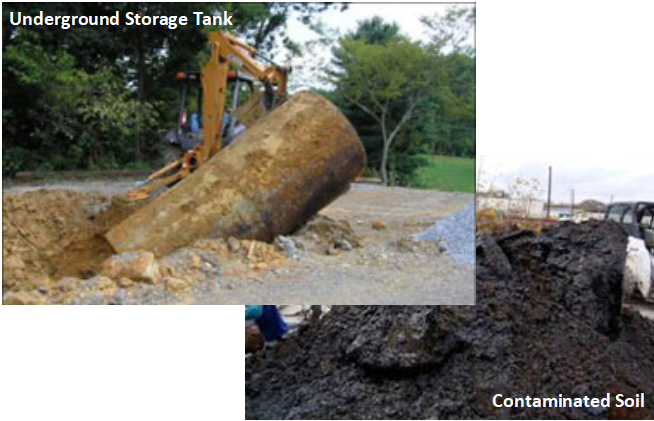Hazardous Materials


Kyle Kirschenmann
Hazardous Materials/Air Quality and Noise Section Manager
Kyle.Kirschenmann@tn.gov
(615) 532-8684
If you have questions regarding hazardous materials transportation,certifications, or placarding please contact the TN Department of Safety, Tennessee Highway Patrol Commercial Vehicle Enforcement Division at (615)
743-4990 or https://www.tn.gov/safety/tnhp/cvemain.html.
The primary responsibility of the Hazardous Materials (HazMat) Section is risk identification, mitigation and liability reduction. Specifically, the section identifies and investigates contaminated sites in proposed project areas and works with other sections to minimize or mitigate impact on the project. Examples of areas of concern would be the acquisition of right-of-way containing gasoline stations, landfills, federal Superfund sites or any land contaminated by runoff from such sites. The findings of the study are then included in the appropriate environmental report which lists all known potential areas of concern that the road project might impact. The results of the study can include realignment of the project to avoid involving the state in major expenditures or inclusion of contamination mitigation in the design, scheduling and/or acquisition phases of the project.
TDOT also conducts Asbestos‐Containing Material (ACM) surveys on TDOT bridges and buildings that are scheduled to be demolished, rehabilitated or substantially repaired. Abatement of any ACM is completed prior to any demolition activities to prevent workers and the public from being exposed to asbestos. The EPA’s National Emission Standards for Hazardous Air Pollutants regulations (40 CFR 61, Subpart B) requires that all regulated asbestos-containing materials be properly removed prior to any renovation or demolition activities that will disturb them.
In some cases, previously unidentified hazards are encountered during project construction, at which time this section is responsible for overseeing the expeditious mitigation of the hazard to protect workers and the public and to allow timely progression of the project.